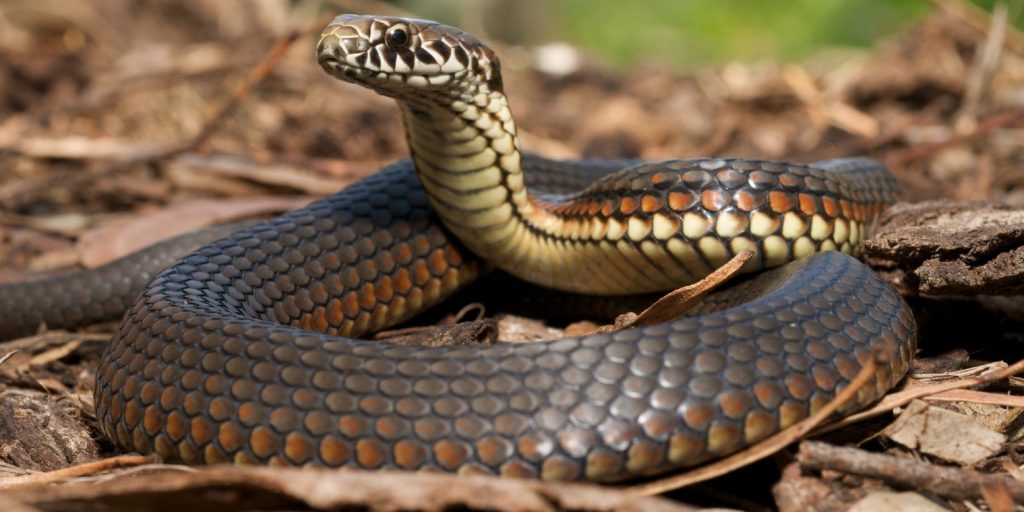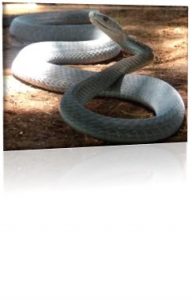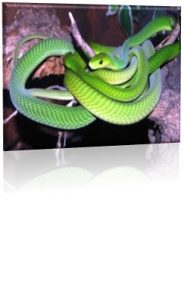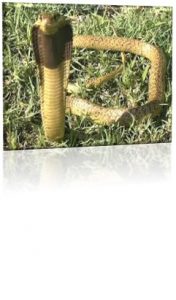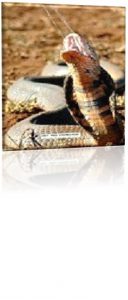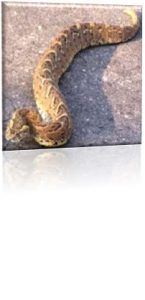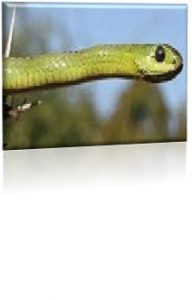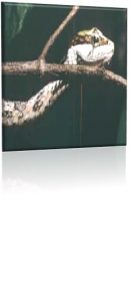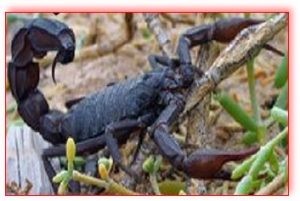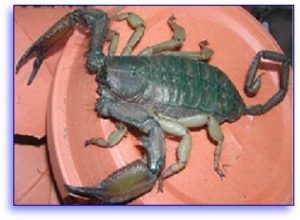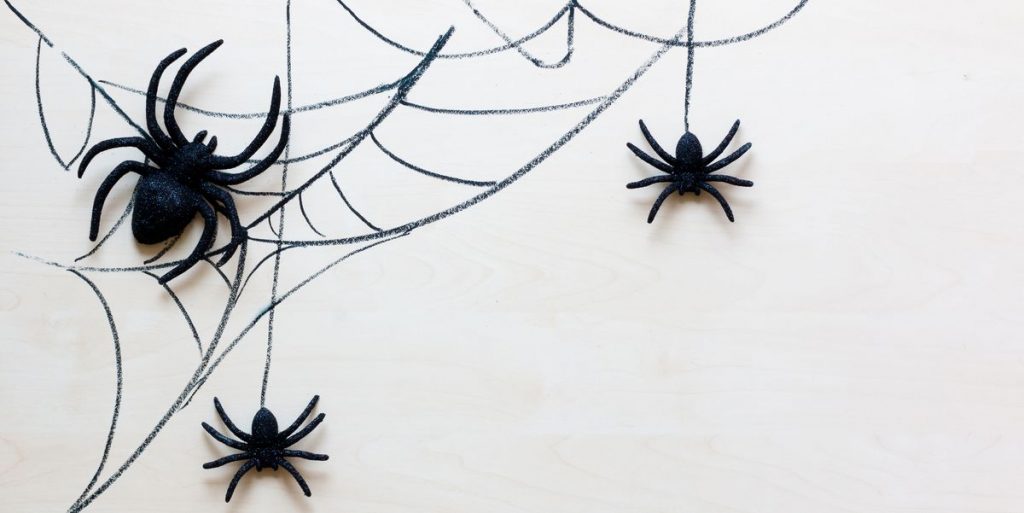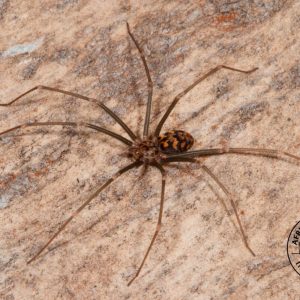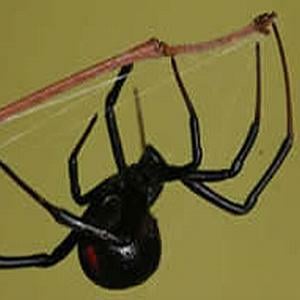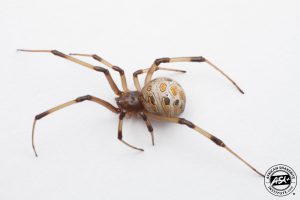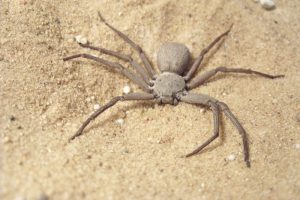What we do at EGM (MPC) to Prevent “Nasty” Incidents
“Nasty’s” – Affects of different Snake Venoms.
Neurotoxic Venom – Cobras and Mambas
- The bite feels more like a sting leaving two puncture wounds with little or no bruising and swelling.
- Neurotoxic Venom will affect the Nervous System and cause initial muscle weakness, blurred vision, difficulty in swallowing and breathing and eventually paralysis.
- Immobilise the limb and do restrict blood flow between the bite and the heart. Administer CPR until Medical help is available.
Haematoxic Venom – Boom Slang & Twig/Vine Snake
- The bite is not very painful, leaving two puncture wounds that will start bleeding within 1 hour of the bite
- Haemotoxic Venom destroys the platelets in the blood and causes major internal bleeding in the lungs, liver, kidneys, spleen with blood leaking out of all the body orifices, including minor wounds and bruises.
- Slow the blood flow by keeping the person still. If venom was spat into their eyes wash eyes with milk or water.
Cytotoxic Venom – Puff Adders
- Cytotoxic Venom attacks the Body Cells or Tissue. This bite is very painful with symptoms of shock.
- It causes massive swelling and bruising to the bite area and could eventually burst the skin open.
- Immobilise the limb but do not restrict the blood flow
Myotoxic Venom – Sea Snakes
- Myotoxic Venom attacks the Muscles and can lead to death from kidney and heart failure.
